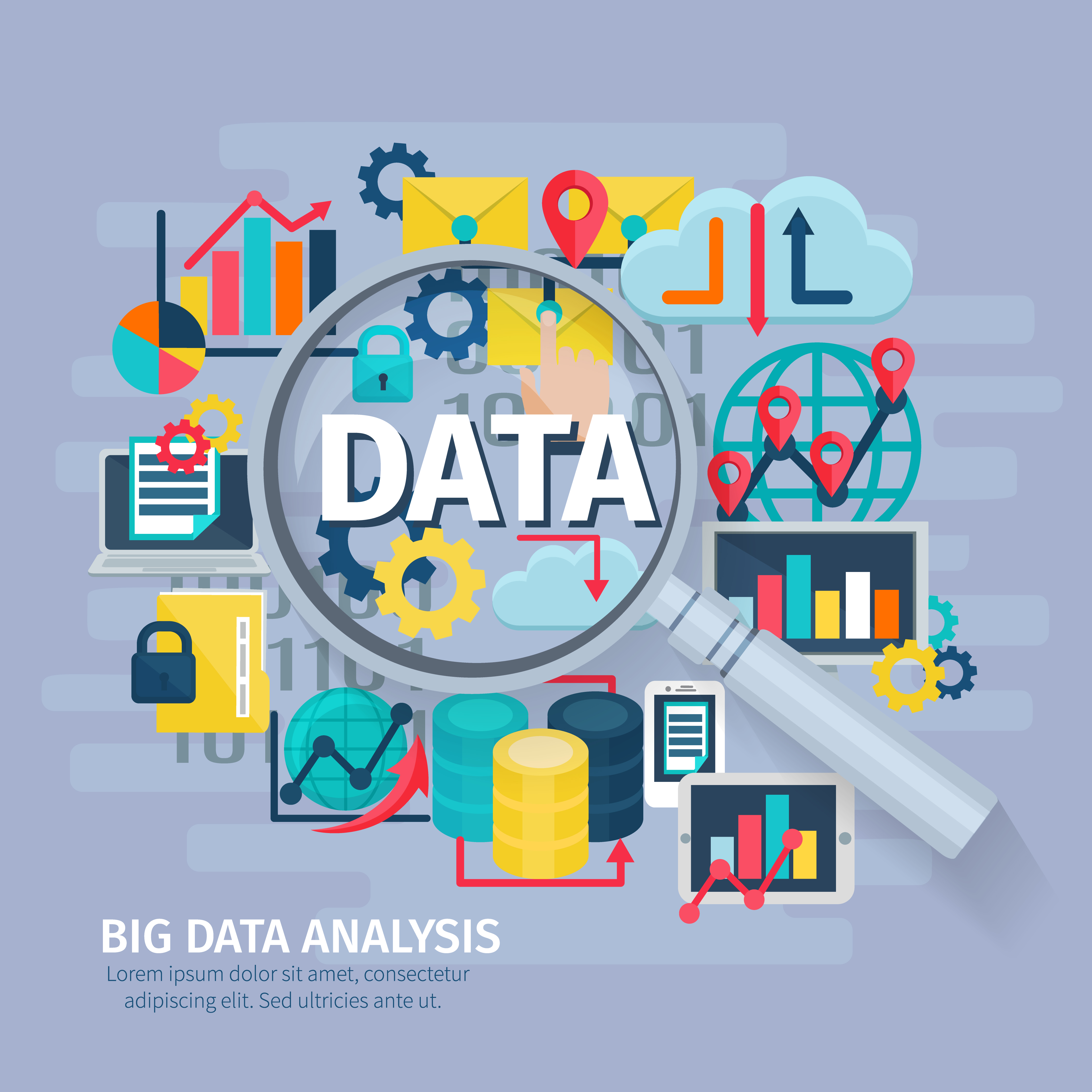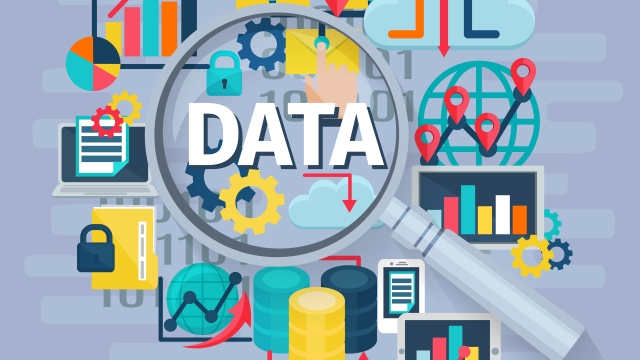
Research and data analysis are integral components of any field, be it academia or industry. They serve as the backbone for making informed decisions and developing insightful solutions. Whether it is unraveling the mysteries of the natural world, understanding consumer behavior, or identifying trends in financial markets, research and data analysis provide a robust framework to explore, analyze, and interpret information.
To embark on a research journey, one must possess curiosity and a thirst for knowledge. It begins with formulating a clear research question or objective, outlining the goals and expectations of the study. This initial step sets the groundwork for the subsequent stages of data collection, analysis, and interpretation. Research is an iterative process, often requiring meticulous attention to detail and a systematic approach.
Equally important is the art of data analysis, which involves sorting, cleaning, and organizing the collected data to derive meaningful insights. Here, statistical techniques and analytical tools play a vital role in transforming raw data into actionable knowledge. Data analysis not only helps uncover patterns and correlations but also aids in the identification of outliers and anomalies that can give rise to groundbreaking discoveries.
In essence, research and data analysis extend our boundaries of understanding, enabling us to delve deeper into complex phenomena and uncover new possibilities. They offer us a glimpse into the intricacies of the world around us, unraveling hidden patterns and shedding light on the mysteries that lie within. By employing these powerful tools, we can make informed decisions, drive innovation, and contribute to the advancement of knowledge in our respective fields. So let us embark on this enlightening journey, as we explore the art of research and data analysis together.
The Importance of Research
Qualitative Dissertation Writing Services
Research plays a crucial role in every aspect of our lives. It allows us to gather knowledge, explore new ideas, and make informed decisions. Whether it’s in academia, business, or everyday life, research helps us to understand the world around us and find solutions to problems. Through research, we gain valuable insights that can lead to innovation and progress.
One of the key reasons research is important is that it helps us to expand our knowledge base. By conducting research, we delve deeper into a subject, uncovering new information and discovering new perspectives. This knowledge not only enriches our understanding but also opens up new possibilities in various fields of study. Without research, we would be limited to what we already know, hindering intellectual growth and development.
Additionally, research is vital for making well-informed decisions. In all areas of life, from personal choices to business strategies, we rely on data and analysis to guide us. Research enables us to gather data, explore trends, and evaluate various options. By analyzing the information at hand, we can make informed decisions based on evidence rather than speculation. This not only minimizes risks but also increases the chances of success.
Furthermore, research drives innovation and progress. Through research, we explore new ideas, challenge existing theories, and develop breakthrough technologies. It pushes the boundaries of knowledge and fuels advancements in various fields such as medicine, technology, and social sciences. Without research, we would not have the numerous scientific and technological advancements that we enjoy today.
In conclusion, research plays a vital role in expanding our knowledge, making informed decisions, and driving innovation and progress. It allows us to unearth new information, explore possibilities, and find solutions to problems. From academia to everyday life, research is an essential tool for understanding the world and moving forward. The value of research cannot be overstated, as it shapes our present and paves the way for a better future.
2. Understanding Data Analysis
Data analysis is a crucial component of any research process. It involves the examination and interpretation of data to uncover meaningful insights and draw valid conclusions. By employing various analytical techniques, researchers can make sense of the vast amounts of data collected, enabling them to address research objectives and answer research questions.
One important aspect of data analysis is the identification and cleaning of data. Raw data often contain errors, missing values, or outliers that can distort the analysis. Data cleaning involves removing or correcting these discrepancies to ensure the accuracy and reliability of the findings. Additionally, data organization is essential for efficient analysis. Categorizing and structuring the data in a logical manner allows researchers to easily access and manipulate it during the analysis phase.
Once the data is clean and organized, researchers can apply statistical and analytical techniques to extract relevant information. Descriptive statistics, such as measures of central tendency and dispersion, provide a summary of the data, giving researchers a better understanding of its characteristics. Inferential statistics, on the other hand, allow researchers to make predictions or draw conclusions about a population based on a sample.
Furthermore, data visualization plays a crucial role in data analysis. By representing the data visually through charts, graphs, or diagrams, researchers can identify patterns, trends, or relationships that may not be apparent in raw data. Visualizations not only enhance understanding but also facilitate effective communication of findings to a wider audience.
In conclusion, data analysis is an essential step in the research process. It involves cleaning and organizing data, applying statistical techniques, and visualizing the results. By effectively analyzing data, researchers can derive meaningful insights and make informed decisions based on evidence. The art of data analysis lies in the ability to transform raw data into knowledge and unlock the hidden stories within.
3. Bridging the Gap: Applying Research and Data Analysis
The application of research and data analysis is the crucial bridge that connects theory and practice. Through the careful examination of data and the systematic analysis of research findings, valuable insights can be derived and applied in real-world scenarios.
One key aspect of applying research and data analysis is the ability to identify patterns and trends within the data. By analyzing large datasets or conducting statistical analyses, researchers can uncover hidden relationships and gain a deeper understanding of a particular phenomenon.
Moreover, research and data analysis allow for evidence-based decision making. When faced with complex problems or challenges, organizations can leverage research findings and data-driven insights to make informed choices and design effective strategies. This approach minimizes the reliance on guesswork or intuition and promotes a more objective and systematic approach to problem-solving.
Furthermore, the application of research and data analysis enhances accountability and transparency. By conducting rigorous research and analysis, organizations can provide evidence to support their claims or justify their actions. This helps to build trust among stakeholders and ensures that decisions are grounded in sound evidence rather than subjective opinions.
In conclusion, the field of research and data analysis plays a crucial role in bridging the gap between theory and practice. By applying research findings and analyzing data systematically, organizations can gain valuable insights, make informed decisions, and promote transparency and accountability. The art of research and data analysis is a powerful tool that empowers individuals and organizations to thrive in an increasingly data-driven world.





